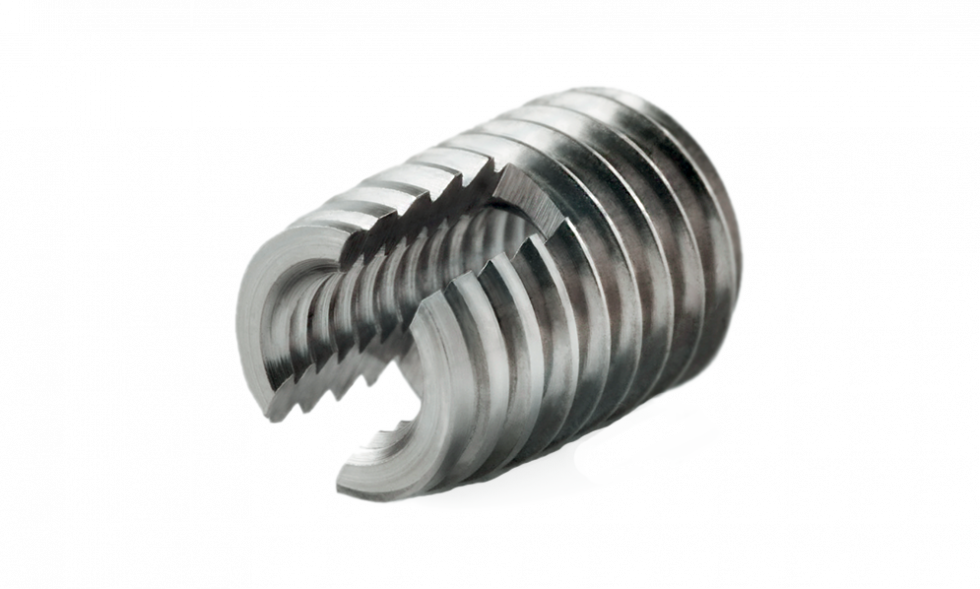
SCREW-SERT
SELF-TAPPING INSERTS
Download the technical specifications
Here you can get a PDF with the product’s full technical specifications.
Download
Our SCREW-SERT inserts provide strong threading that is resistant to wear and tear for otherwise weak materials such as light alloys, cast metals, and plastics. Their quick, easy installation is made even more convenient by not needing to pre-tap the hole.
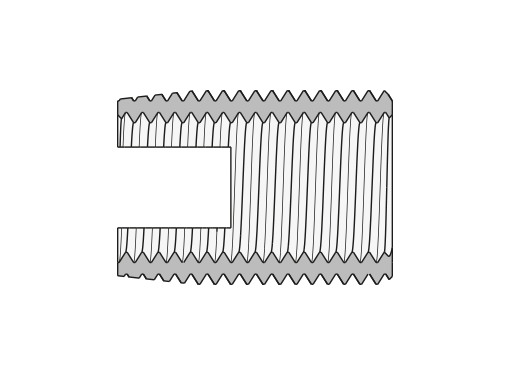
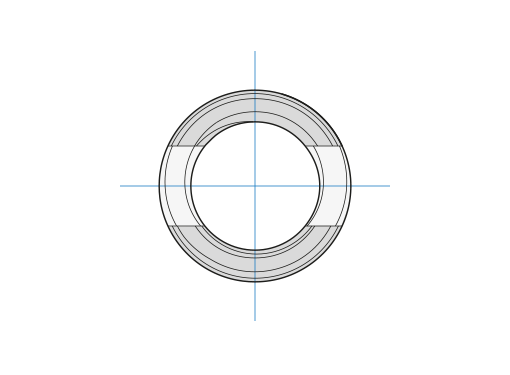
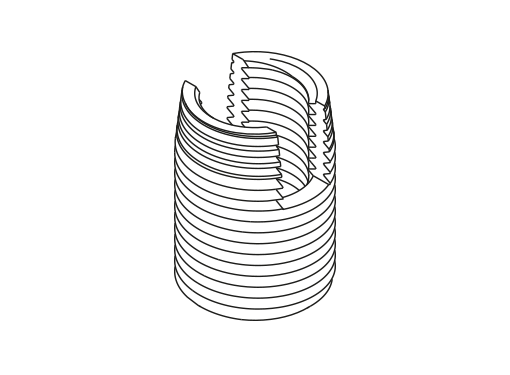
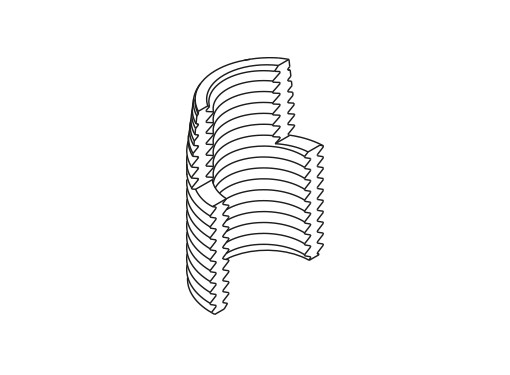
Hole diameter will change slightly based on the type of material in which the insert will be installed (see table). For this reason, we have provided hole diameters by class of material. Preparatory tests will help determine the optimal diameter quickly. For conical holes, the cone angle must not exceed 1° and the specified hole diameters refer to the lowest point reached by the insert. We highly recommend a 60° chamfer at the top of the hole to avoid chipping the surface of the piece.
The depth of a blind hole should be equal to 1.2X the length of the insert.
The insert is installed by traditional tapping techniques, so you will need a “snap-break” tool to enable the threaded mandrel to come out of the insert after installation. Our install tools may be used for installation, including manual tools (for smaller volumes) or machine tools to be applied to a drill or used with an ordinary tap wrench. For particularly high production volumes, we can provide fully automated equipment. Once installed, the Screw-Sert must be approximately 0.3 mm below the surface of the piece.

Here you can get a PDF with the product’s full technical specifications.
Download